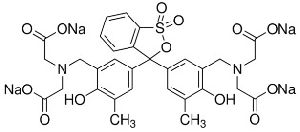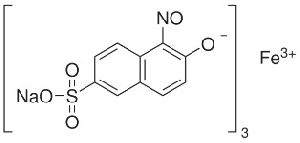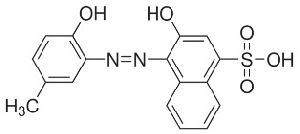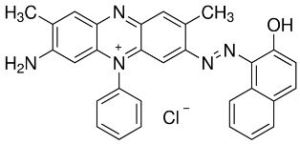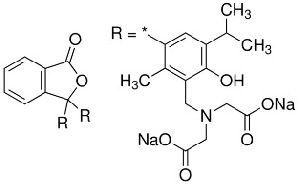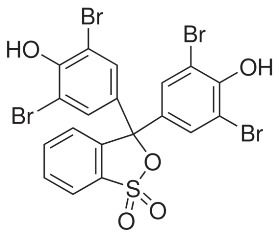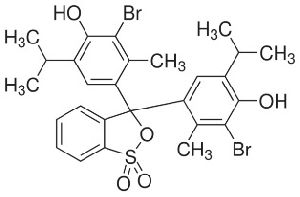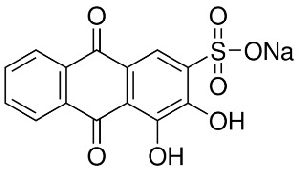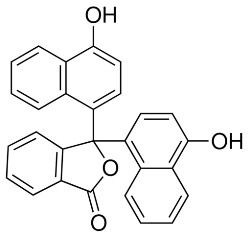Palghar, Maharashtra
May Grunwald Stain
| Business Type | Manufacturer, Supplier |
| C.A.S. No. | 62851-42-7 |
| Solubility 0.1 % (MeOH) | Clear solution |
| Absorption Maximum(in MeOH) ?1max | 650-653nm |
| Click to view more | |
Preferred Buyer From
| Location | Anywhere in India |
Product Details
Solubility
In Methanol 10mg/10 mL, soluble in Ethanol.
May-Grunwald Giemsa (MGG) staining is a mix of two neutral stains:A May-Grunwald stain composed of an acidic stain (eosin) and a basic stain (methylene blue).The first stain induces an orthochromatic staining on cell components (pink or orange dye for acidophilic components and blue or purple for basophilic and neutrophil components). The second induces a metachromatic staining: red dye for azurophil components.May-Gru¨nwald’s eosin methylene blue and Giemsa’s azure eosin methylene blue are intended to be used for staining of blood and bone marrow smears and cytological specimens, such as urine sediment or sputum. May-Gru¨nwald is alcohol based and contains May-Gru¨nwald’s eosin methylene blue and methanol (>85%).May-Grünwald Giemsa (MGG) staining is classically applied on blood smears and myelograms.
Applications:
Product for the preparation of cyto-histological samples for optical microscopy.Recommended method to differentiate cell types and to reveal parasites in blood smears, morphologic details in spleen tissue, lymph node tissue and marrow, to demonstrate bacteria, rickettsia and mast cells granulation in sputum and organic aspirates. Particularly recommended to detect Trichomonas in vaginal smears. This is the commonly used staining of blood smears. Similarly, to other methods in histology it is based on the electrostatic interaction between dye and target molecules. The staining solutions contain methylene blue (a basic dye), related azures (also basic dyes) and eosin (an acid dye). The basic dyes carry net positive charges, consequently they stain nuclei (because of the negative charges of phosphate groups of DNA and RNA molecules), granules of basophil granulocytes and RNA molecules of the cytoplasm of white blood cells. The eosin carries net negative charge and stains red blood cells and granules of eosinophil granulocytes. It was originally thought that the granules of neutrophil granulocytes were stained by a „neutral dye” that formed when the above-mentioned dyes were combined, but the correct mechanism is not clear.The nuclei of white blood cells and the granules of basophil granulocytes appear in blue (staining with basic dyes), while red blood cells and eosinophil granules in red (because of red color of eosin). The cytoplasm of white blood cells are light blue, because of the low concentration of RNA molecules.
Looking for "May Grunwald Stain" ?
Explore More Products


